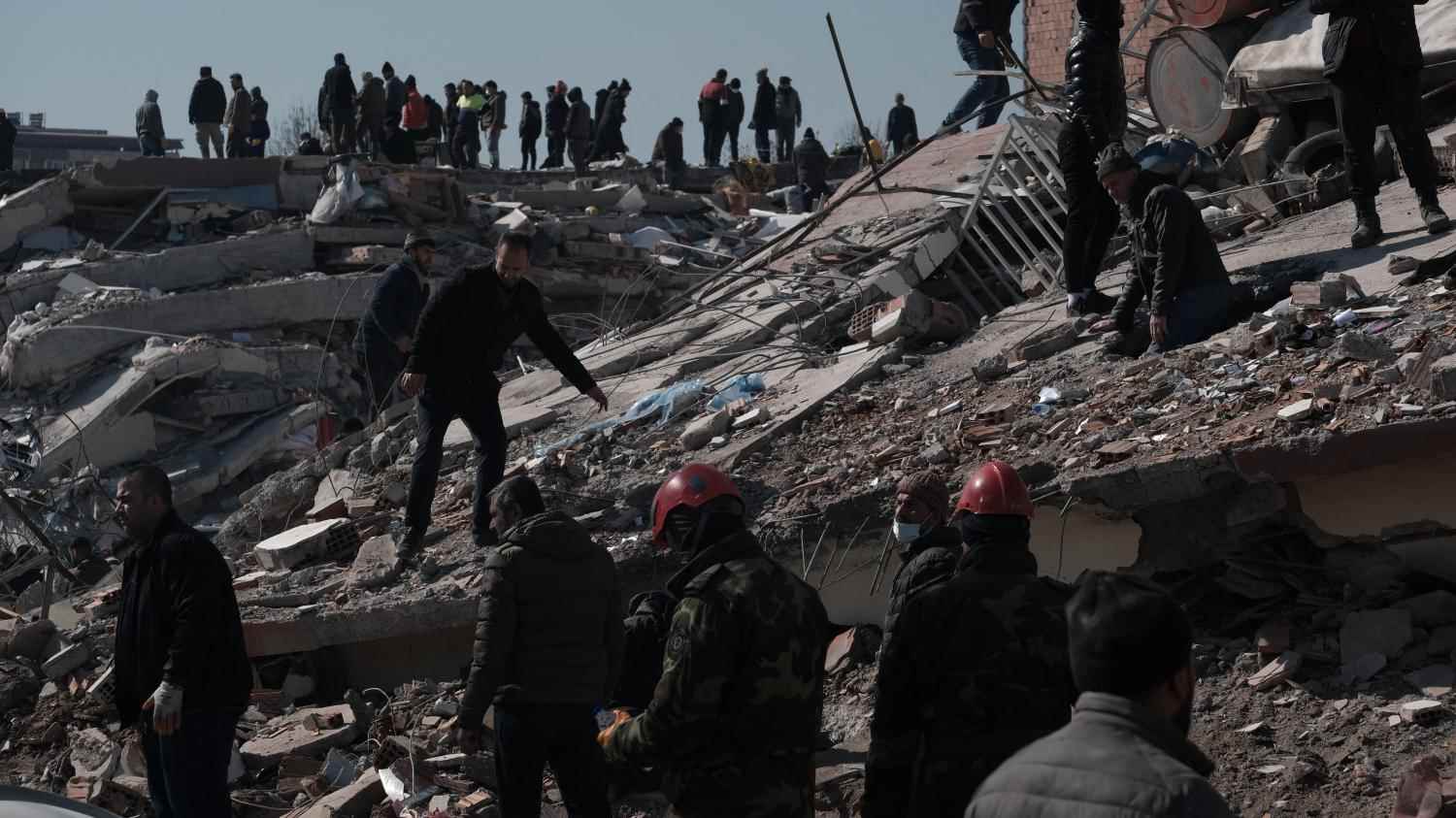Finally, international aid arrives, Saturday, February 11, in all the disaster areas of Turkey and Syria. The Syrian government on Friday authorized “the delivery of humanitarian aid to the whole” from the country, “including areas outside the control of the State”. If humanitarian aid from abroad is flowing into Turkey – Germany notably announced on Friday that it was sending 90 tonnes of material by plane – access to Syria, at war and whose regime is under international sanctions, is more complicated. Damascus has clarified that aid distribution should be “supervised by the International Committee of the Red Cross and the Syrian Red Crescent”, with the support of the United Nations.
Since the tragedy on Monday, almost all the aid provided to the rebel areas has been transiting in dribs and drabs, from Turkey through the Bab al-Hawa crossing, the only one currently guaranteed by the United Nations. Follow our live.
More than 24,000 dead. The World Food Program (WFP), a specialized agency of the United Nations, established the number of people affected by the earthquake in the two countries at 874,000, and demanded 77 million dollars to provide them with food. According to the latest official reports, the earthquake, with a magnitude of 7.8, killed at least 24,218 people: 20,665 in Turkey and 3,553 in Syria.
Survivors emerged from the rubble. Rescuers are stepping up their efforts to search for survivors. A six-year-old boy was pulled out of the rubble alive on Friday in Jandairis, northwestern Syria. In southern Turkey, in Antakya, “at the 105th hour” After the earthquake, rescuers also pulled an 18-month-old baby alive from the debris, then his brother, NTV television reported. Two hours earlier, a three-year-old girl had been rescued in the same town. In the afternoon, a mother and her two children were rescued in Gaziantep (southeastern Turkey). In Nurdagi, in the same province, a six-month-pregnant woman was also able to come out alive from the rubble, after some 115 hours spent under a pile of ruins. Her six-year-old daughter was rescued an hour earlier.
The fear of a serious health and humanitarian crisis. The WHO estimates that 23 million people in the two countries are “potentially exposed, including about five million vulnerable people” and fears a major health crisis that would cause more damage than the earthquake. Humanitarian organizations are particularly worried about the spread of cholera, which has reappeared in Syria. According to the UN, 5.3 million people are at risk of becoming homeless.
